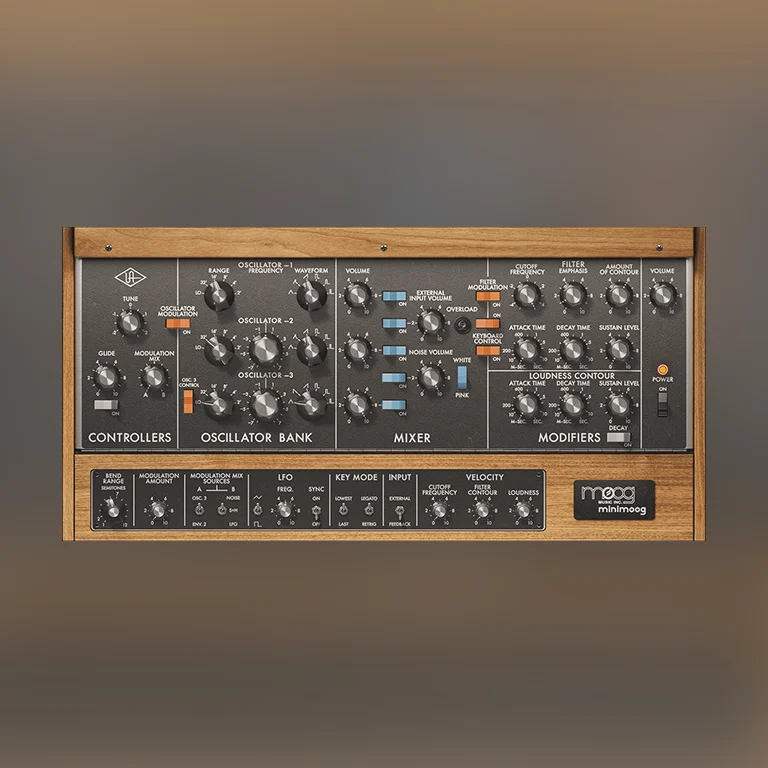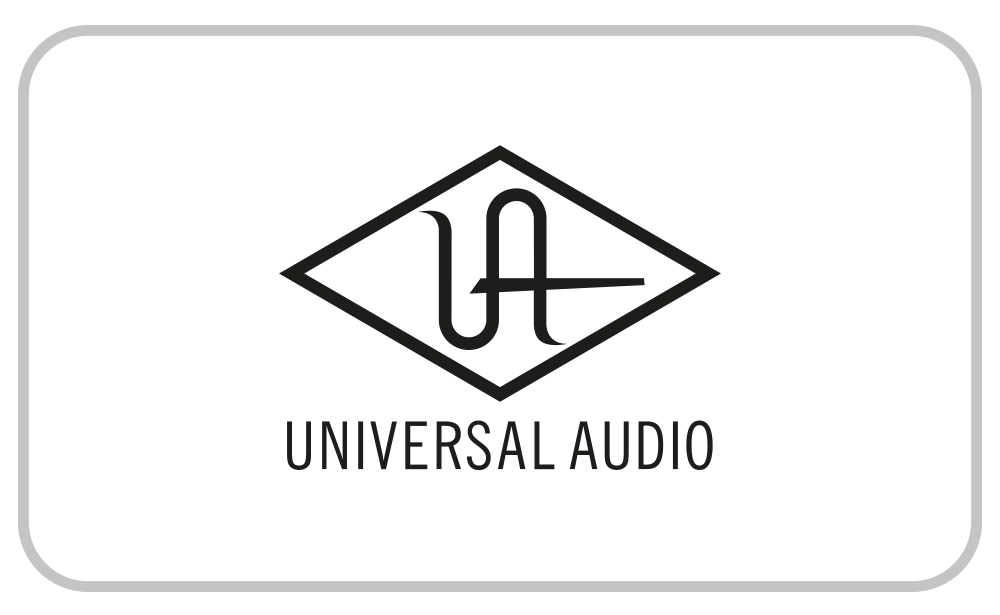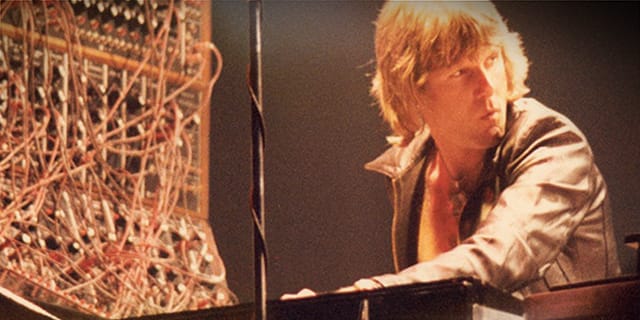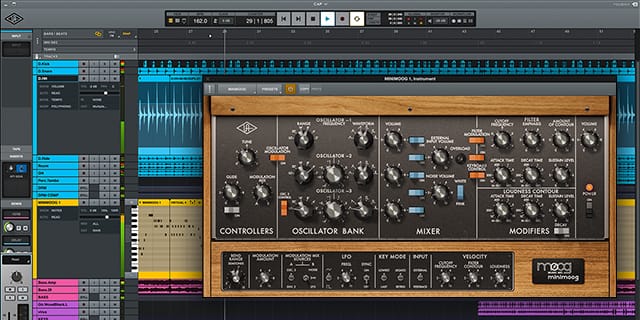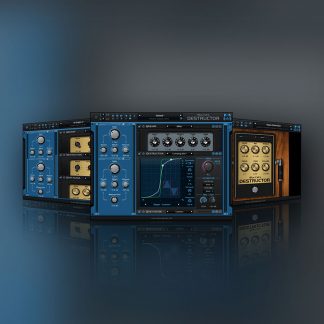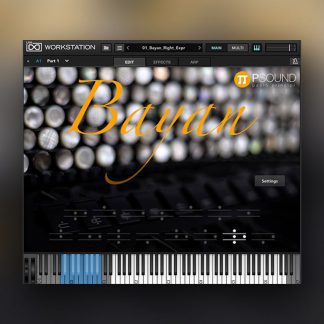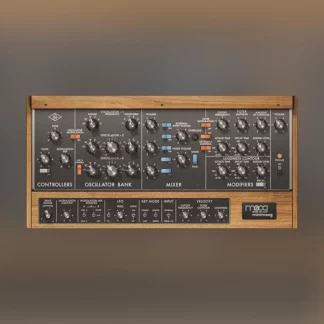Description
System Requirements for UAD Spark, UA Connect, and Native UAD Plug-ins
UAD Spark, UA Connect and Native UAD Plug-Ins System Requirements
- macOS Catalina 10.15, Big Sur 11, Monterey 12, Ventura 13, or Sonoma 14
- Windows 10 or Windows 11 (64-bit editions)
- Intel, AMD or Apple silicon processor
- Internet connection to download software and authorize native UAD plug-ins
- Free iLok account with iLok Cloud or iLok USB (2nd generation or higher)
- Free UA Connect application for managing native UAD plug-ins
- A supported DAW compatible with VST, AU and AAX plug-in file formats. Supported DAWs are listed in this article.
Native UAD Instruments Requirements
- Sample-based UAD instruments require SSD storage with:
- APFS formatting for macOS
- NTFS formatting for Windows
- 1 GB to 10 GB available SSD storage per plug-in (space requirement varies per UAD Instrument). A minimum of 100 GB available storage is highly recommended.
- Individual UAD Instrument storage requirements are listed on UA Connect’s UAD Plug-Ins tab.
Notes
- Operating systems not listed above are untested. Although untested operating systems may work, they are not supported by Universal Audio.
- Pre-release and beta versions of operating systems are not supported.
- Native UAD plug-ins on Apple silicon machines automatically run natively on Apple silicon in DAWs that support native Apple silicon.
- Windows running via Bootcamp on Mac systems are not supported.

